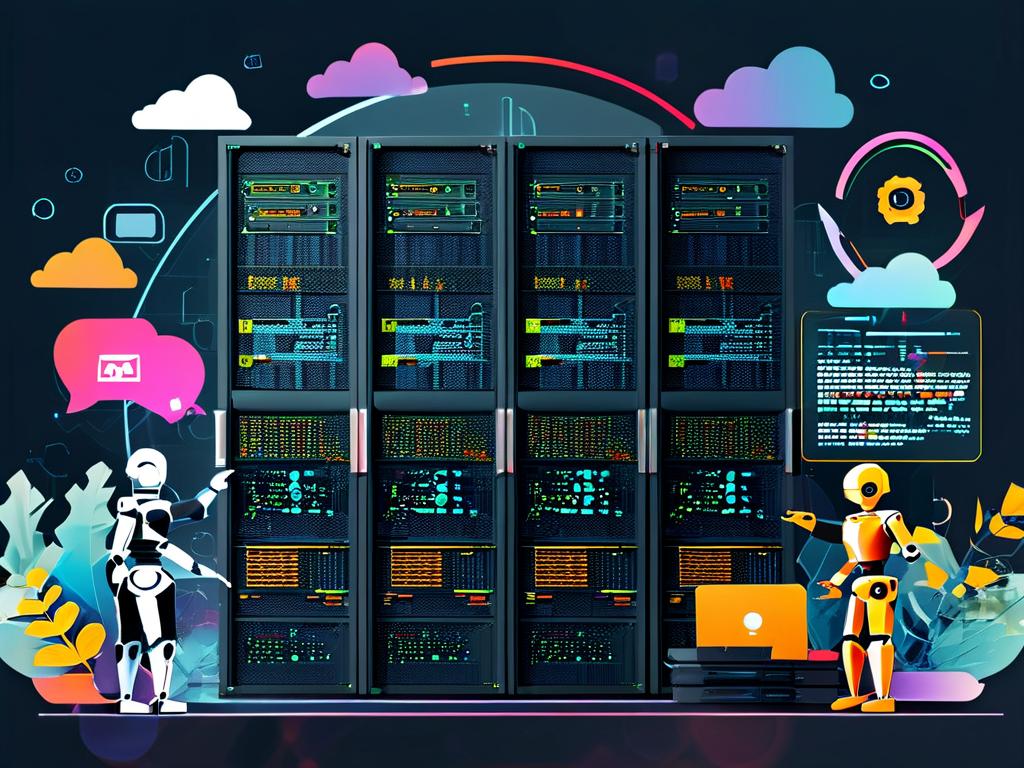In today’s fast-paced digital landscape, the ability to deploy operating systems (OS) at scale has become a cornerstone of efficient IT management. Automated bulk OS deployment eliminates manual installation processes, reduces human error, and ensures consistency across devices—whether for enterprise workstations, cloud servers, or edge computing nodes. This article explores the methodologies, tools, and best practices for implementing automated OS deployment in diverse environments.

The Shift to Automation
Manual OS installation is time-consuming and impractical for organizations managing hundreds or thousands of devices. Automated deployment enables IT teams to provision systems simultaneously, using predefined configurations tailored to specific hardware or use cases. Tools like Red Hat Ansible, Microsoft Deployment Toolkit (MDT), and Canonical’s MAAS (Metal-as-a-Service) have emerged as industry standards, offering scripting capabilities and integration with existing infrastructure.
A typical automated workflow begins with a centralized server hosting OS images and configuration files. When a target device boots via PXE (Preboot Execution Environment) or a similar network protocol, it retrieves the necessary files and executes installation scripts. For example, using Kickstart files in Linux environments or answer files in Windows deployments ensures that installations adhere to organizational policies without manual input.
Code-Driven Customization
Automation frameworks often rely on code snippets to define deployment parameters. Below is a simplified Ansible playbook example for deploying Ubuntu Server:
- name: Deploy Ubuntu OS
hosts: all
become: yes
tasks:
- name: Fetch OS image
ansible.builtin.get_url:
url: http://repo.example.com/ubuntu-22.04.iso
dest: /mnt/images/
- name: Partition disks
community.general.parted:
device: /dev/sda
number: 1
state: present
part_start: 1MiB
part_end: 100%
Such scripts enable version control, repeatability, and auditing—key requirements for compliance-driven industries like finance and healthcare.
Hybrid Environments and Challenges
While automation excels in homogeneous setups, hybrid environments combining physical servers, virtual machines, and cloud instances pose unique challenges. Solutions like Terraform or AWS System Manager allow cross-platform orchestration, but require careful synchronization of dependencies and driver compatibility. For instance, deploying Windows Server on Azure necessitates different drivers than an on-premises VMware cluster.
Security is another critical consideration. Automated deployments must integrate secure boot mechanisms, encrypted disk partitions, and post-installation hardening scripts. A misconfigured automation template could propagate vulnerabilities across an entire fleet.
The Human Factor
Despite its technical focus, successful automation hinges on collaboration between DevOps teams and stakeholders. Clear documentation, role-based access controls (RBAC), and training ensure that non-technical staff can trigger deployments via user-friendly interfaces. Platforms like Jenkins or GitLab CI/CD provide dashboards for monitoring progress and troubleshooting failed installations.
Future Trends
Emerging technologies are pushing automation further. AI-driven predictive analytics can optimize deployment schedules based on historical data, while containerized OS images (e.g., Docker or Kubernetes pods) enable ephemeral environments that reset after each session. Edge computing, with its limited physical access, will increasingly depend on zero-touch provisioning (ZTP) models.
In , automated bulk OS deployment is no longer a luxury but a necessity for scalable IT operations. By combining robust tools, code-driven workflows, and adaptive strategies, organizations can achieve faster turnaround times, lower operational costs, and a resilient infrastructure ready for future demands.









